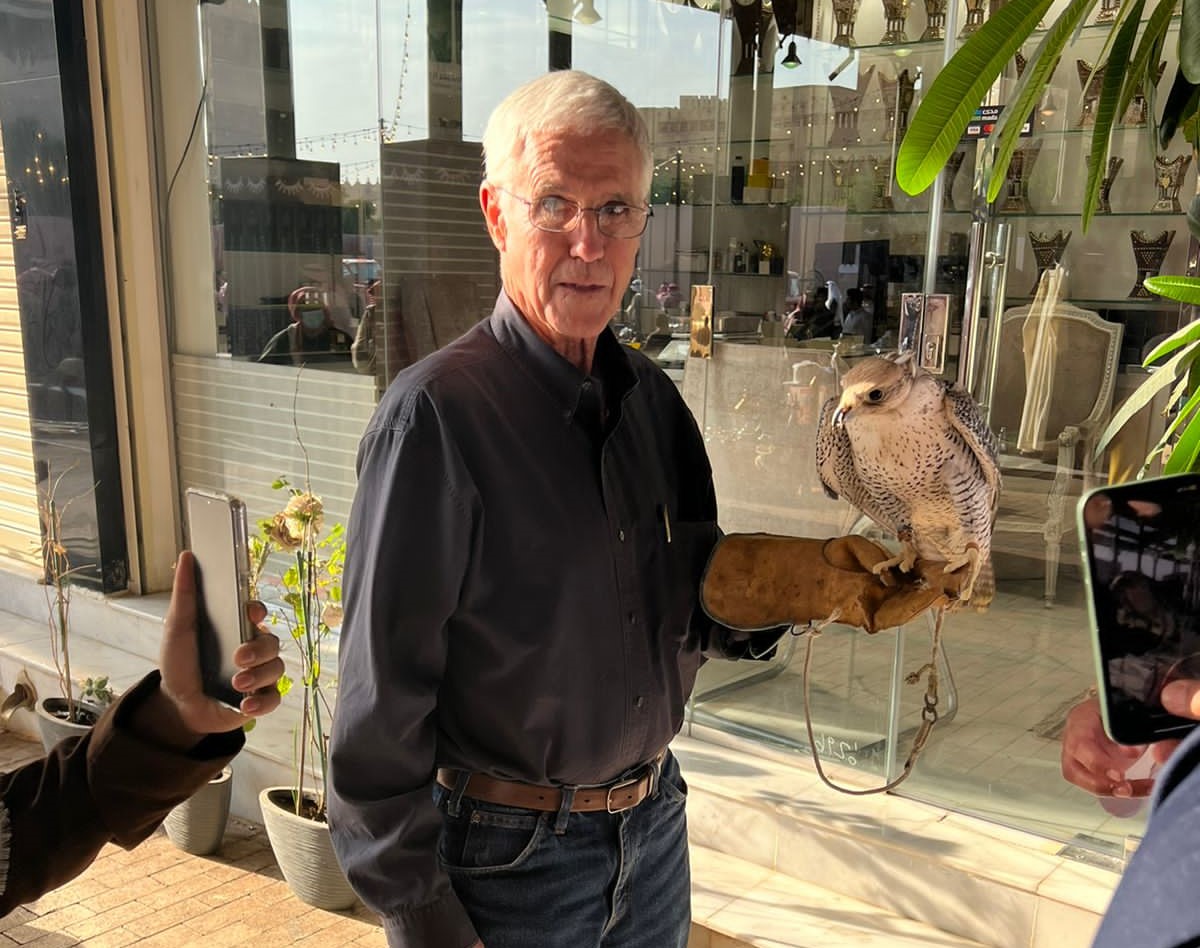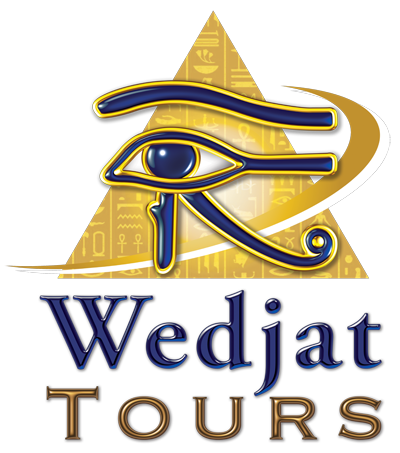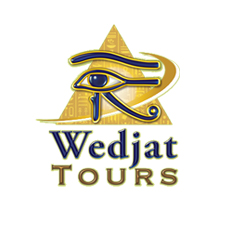Riyadh, city and capital of Saudi Arabia. The city’s name is derived from the plural of the Arabic rawḍah, meaning gardens or meadows, so named for a natural fertility provided by its location at the juncture of Wadis Ḥanīfah and Al-Baṭḥāʾ. The spectacular sight of Riyadh from the air, illuminated in the evening by city lights, is reminiscent of its eponymous meadows; a bright sea of lights dot the desert as if fluorescent flower gardens have suddenly blossomed among its dark contours.
Life in Riyadh is concentrated around the city’s more than 4,000 mosques and its numerous busy shopping centers. The city’s central core and its many souks (marketplaces) attract heavy pedestrian traffic, emphasizing the city’s intense feeling of vitality. As residents of a major city in a mainly Muslim (see Islam) country, Riyadh’s inhabitants adhere to a number of social norms that include segregation of the sexes and the need to protect the privacy of the family. Recreational activities are often a family affair, and large public gatherings are mainly restricted to male attendants. However, many activity centers allow women and families to attend at special times or in reserved areas.
Riyadh’s physical layout is dominated by its street system—a highly defined grid made up of 1.25-mile by 1.25-mile (2-km by 2-km) square blocks—which provides a network across the cityscape. This grid system is navigable, but it is also considered by some to be confining, because of its regimented compartmentalization of the city’s communities and neighborhoods.
The city of Riyadh is located approximately 1,950 feet (600 meters) above sea level in eastern Najd (“Highland”)—a region largely dominated by a rocky plateau landscape—in the center of the Arabian Peninsula. Najd’s broad, mountain-studded plateau gives way in the center and east to a series of escarpments arching from north to south, including Al-Khuff, Jilh Al-ʿIshār, and, the longest and highest of these, the Ṭuwayq Mountains. With a length of some 800 miles (1,300 km), the Ṭuwayq Mountains constitute the backbone of the most densely settled part of Najd, of which Riyadh is a part; the topography of Riyadh itself, however, is relatively flat. Soils in and around the city are made up of an alluvium of gravel, sand, silt, clay deposits, and a limestone subsoil.





 And then Add to Home Screen.
And then Add to Home Screen.